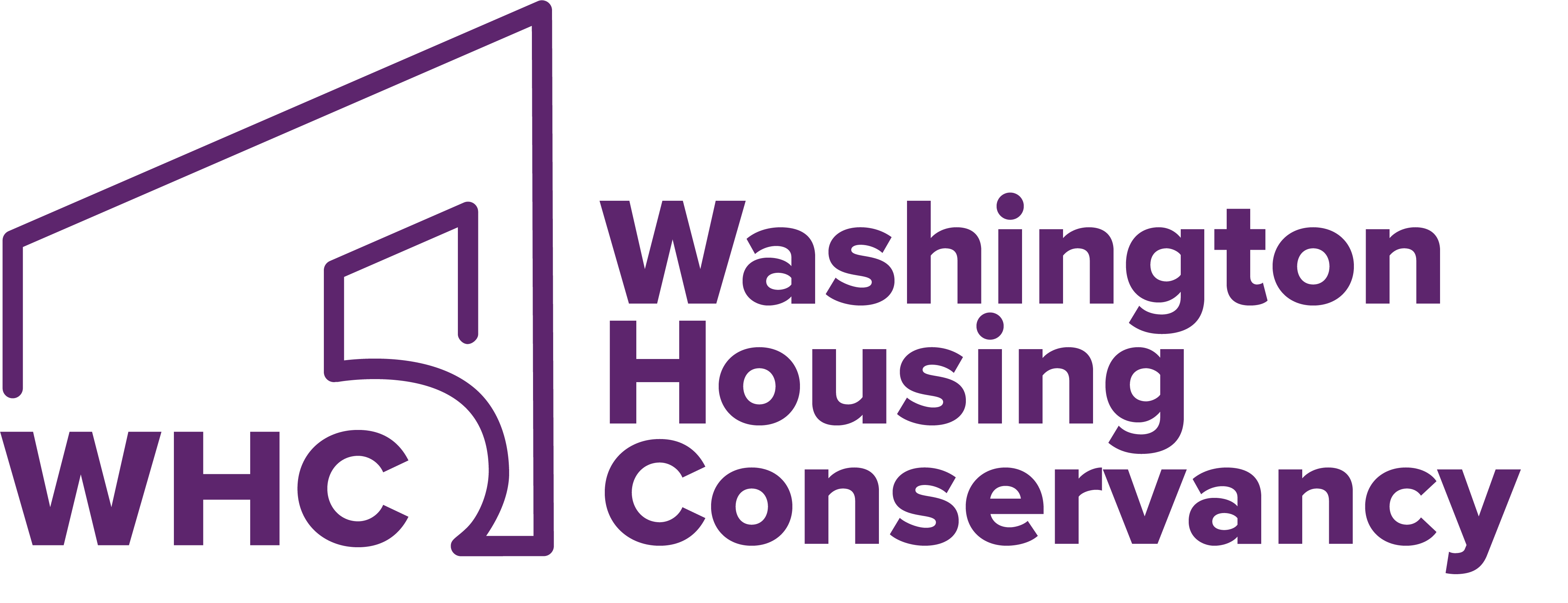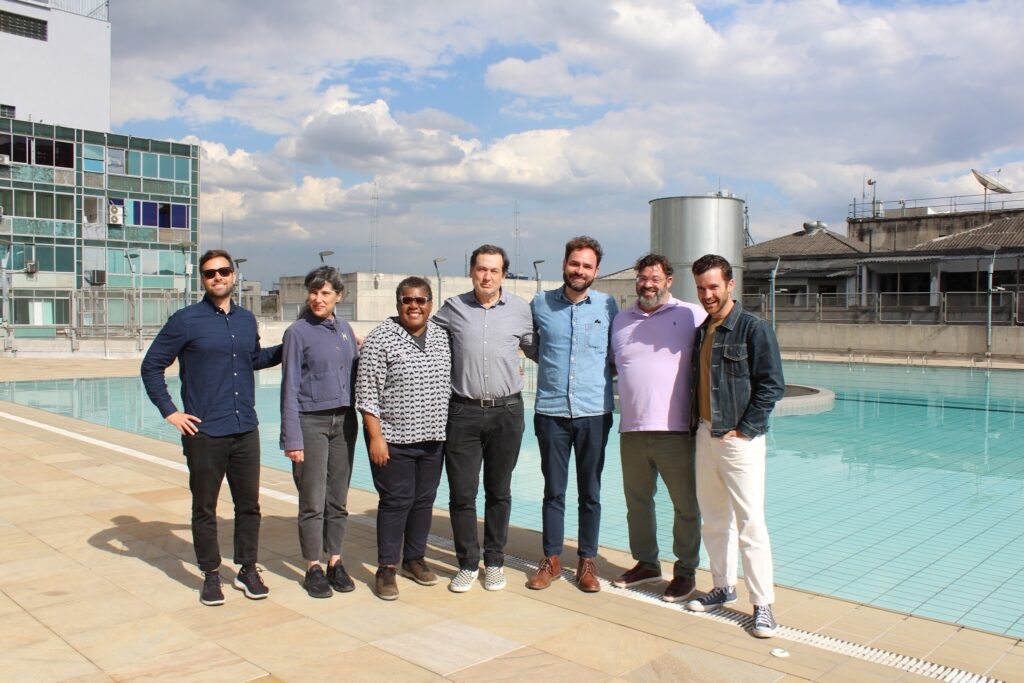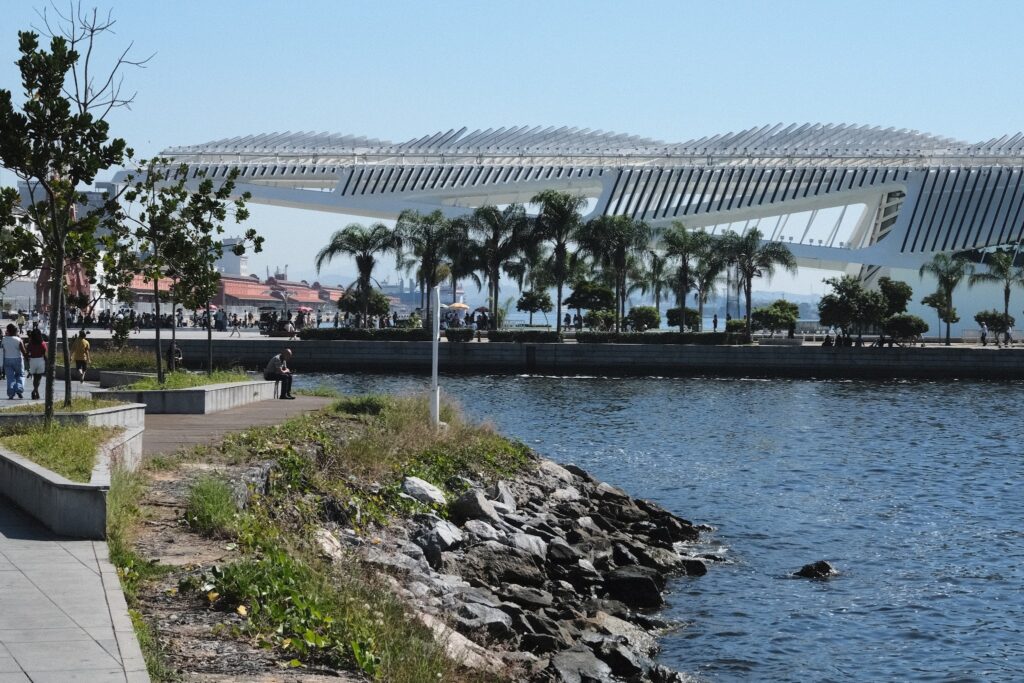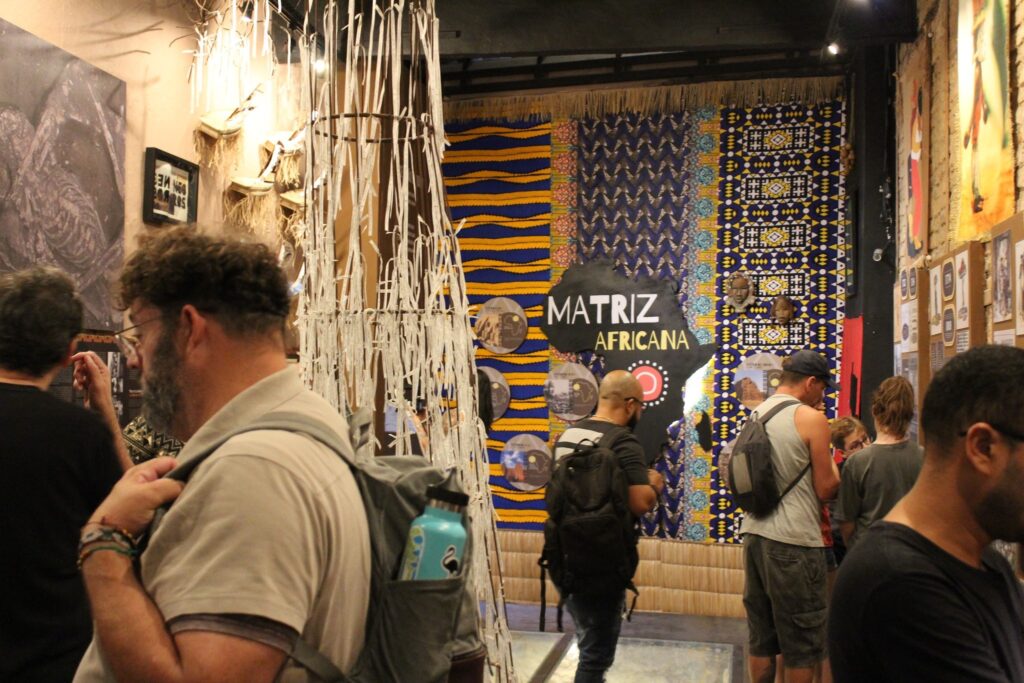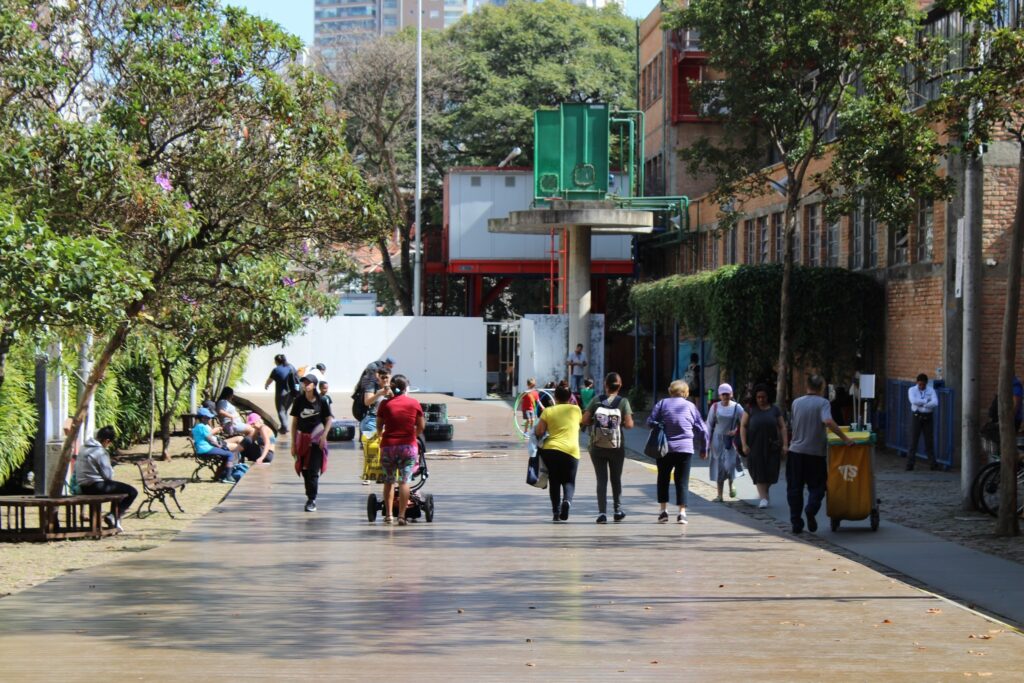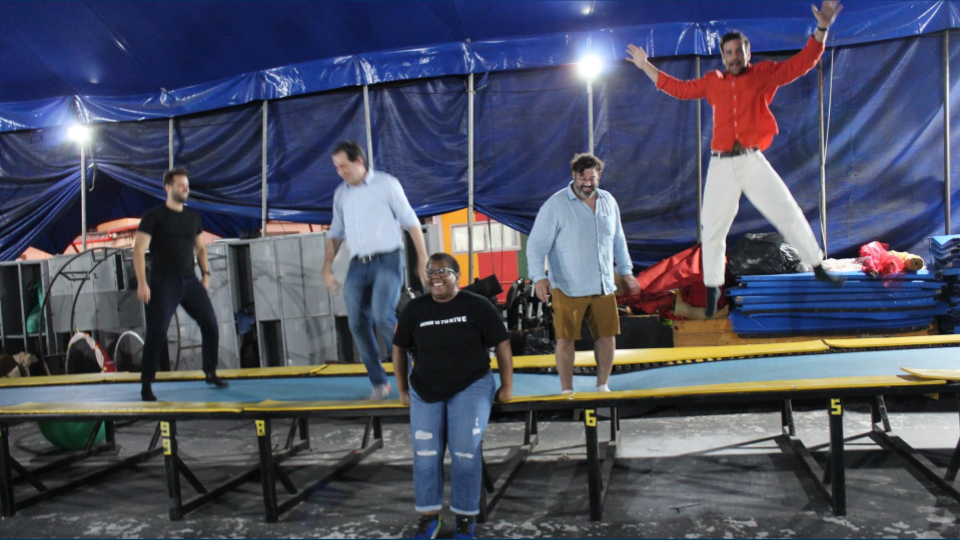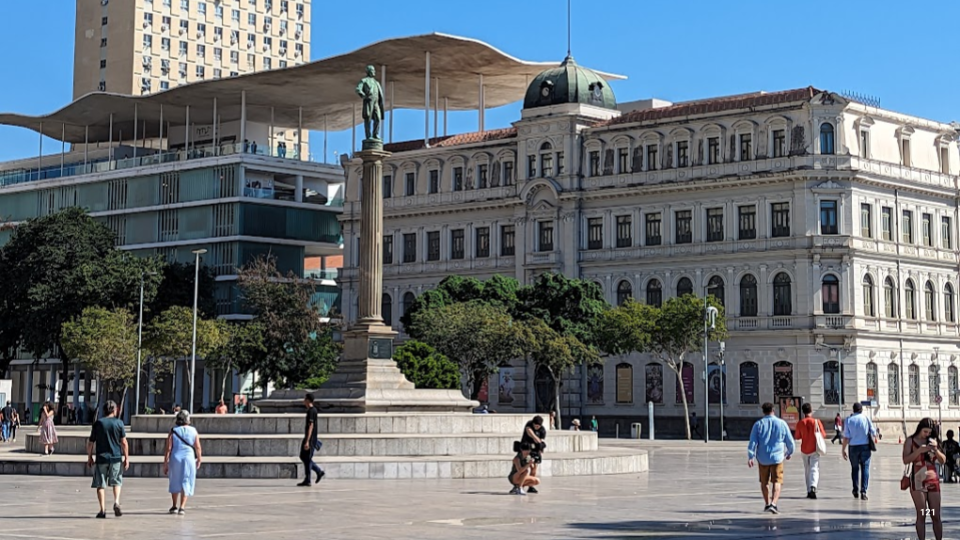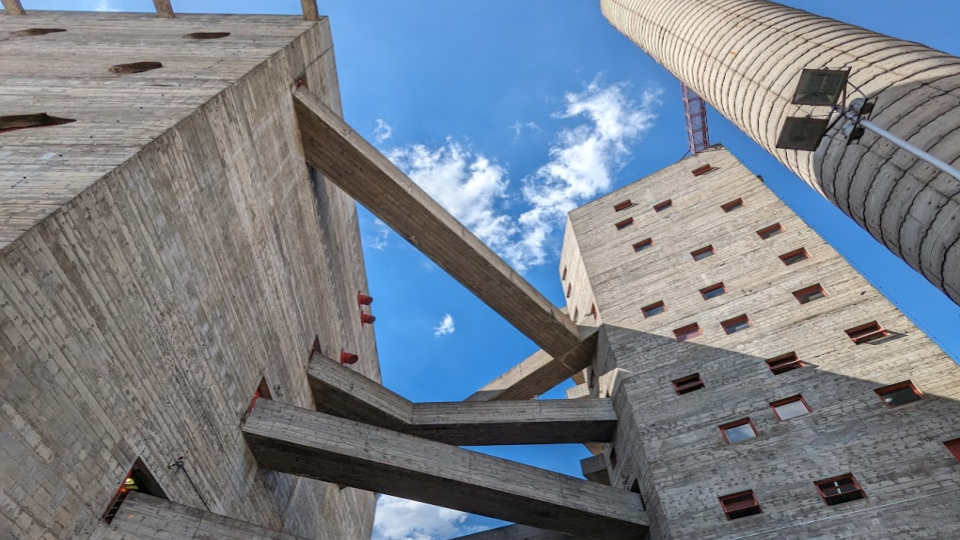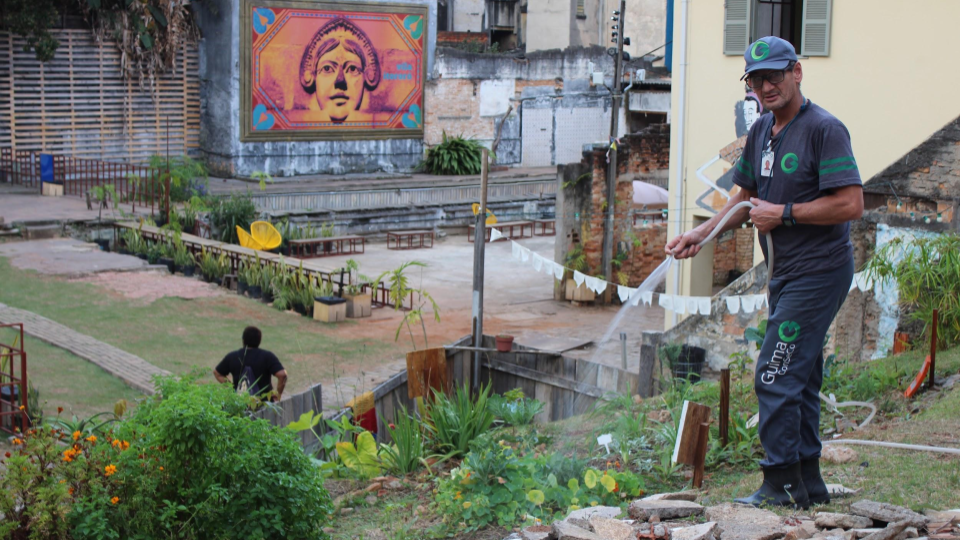
A SUMMER LEARNING JOURNEY TO BRAZIL AND NEW PERSPECTIVES ON SOCIAL IMPACT
Here in the United States, we see a great deal of conversation around the state of our physical infrastructure – roads, bridges, tunnels, fiber networks, etc. But what often gets left out of the equation is something equally as important to our health and wellbeing – our social infrastructure – the places, programs, policies, services, and resources that ensure that people can be healthy and participate in productive social and economic activity. A working definition of social infrastructure is the network of physical and social structures that build relationships and foster thriving communities. Social infrastructure at its best builds community and fosters a deep sense of belonging and connection so vital to our emotional and physical health.
At the Washington Housing Conservancy, we not only preserve housing affordability to prevent displacement, but we also focus on community building and placemaking as part of our social impact strategy. Resident engagement and developing physical places where people can come together across lines of difference is critical to strengthening the social infrastructure in and around our apartment communities. We believe that creating meaningful opportunities for connection are part of the equation to increasing health outcomes (both mental and physical) and building economic mobility opportunities for residents.
I’ve been thinking a great deal about social infrastructure after a recent trip to Brazil with Gehl. Gehl is an architecture and design consulting firm known for making cities for people and is focused on putting human needs at the center of urban design and planning to inspire change.
The trip brought together a team of urbanists and social entrepreneurs from the US to meet with local nonprofit and community leaders in several Brazilian neighborhoods to share experiences and practices to learn how we can invest in and nurture our social infrastructure. The sites we visited represented a mix of funding & operating models.
Led by our local host, Washington Fajardo, an architect, urbanist and former City Planning Commissioner for Rio De Janeiro and former Director of the Rio World Heritage Institute, our learning journey took us to Sao Paulo and Rio de Janeiro. Washington’s deep understanding and knowledge of both cities gave us a unique insider’s view.
This learning journey enabled us to see social infrastructure in action and took the following form:
- We spent between 3 and 4 days on site
- We studied character and features of the physical space
- We focused on program and function of the space
- We observed and documented physical and social dynamics in action using a mix of methods
Here are a few observations:
• Quality social infrastructure is a right and deeply held value.
Both cities are replete with community spaces open to everyone with sophisticated models of operation and by mature organizations that have been doing this work for a decade or more.
-
-
- For example, Serviço Social do Comércio (SESC) Social Service of Commerce – SESC is a private, non-profit institution supported by key business sectors aimed at enhancing quality of life through educational, health, sports, cultural, and recreational services. With a network of centers spread throughout Brazil, SESC provides inclusive and affordable access to a diverse array of programs, including art exhibitions, music concerts, theater performances, sports facilities, language courses, and health services. Centering social inclusion and community engagement, SESC has become a pillar of support and cultural enrichment for millions of Brazilians.
-
• Arts and Culture are Valued as a Mechanism for Neighborhood Change and Engagement.
Brazil seems to place a greater premium on arts and culture than in the US where arts are viewed as a luxury not a necessity.
-
-
- The prominent cultural institution Museu de Arte do Rio(MAR)/Rio Art Museum explores the city’s history, social fabric, its symbolic life, conflicts, contractions, challenges, and social expectations. Beyond its art displays, MAR actively engages with the local community through educational programs, workshops and cultural events promoting a deeper understanding of Brazilian artistic heritage and fostering cultural exchange.
-
• A Full Recognition and Honoring of Brazil’s History, Even Its Painful Parts
-
-
- There appeared to be a strong focus and intentionality on inclusion and diversity. In São Paulo, the Centro Educacional Unificados (CEUs)/Unified Educational Centers are neighborhood educational, cultural and recreational hubs serving local residents. All the CEUs we visited recognized, honored and celebrated the history of Black Brazilians and their contributions.
- In Rio, I was deeply moved by the commitment of Instituto do Pretos Novos/Institute of Research and New Black Memory to foster knowledge sharing about Brazilian memory and cultural identity in the African diaspora. Located at the archaeological site of an 18th century cemetery of enslaved people discovered in 1996, the Institute aims to stimulate and promote the construction of memories in order to center African and Afro-Brazilian cultural heritage in public discourse and to promote reflection on slavery and racial equality in Brazil. The Institute offers courses and workshops aimed at teachers and the general public. The Institute tells the painful history of slavery in Brazil, not shying away from hard truths and facts.
- These sites not only expressed the pain but also joy and resilience of the Afro-Brazilian experience in powerful, respectful and impactful ways.
-
• Accessibility
Everything we visited was ADA compliant and accessible.
• Dedicated Funding
There is a commitment at both the federal government level and through corporate taxes and dues to funding for these social infrastructure building blocks. These efforts are not nice-to-haves but are viewed as must-haves.
-
-
- Centro Educacional Unificados (CEUs)/Unified Educational Centers are an initiative of the Brazilian government, are neighborhood educational, cultural and recreational hubs serving local residents.
- Serviço Social do Comércio (SESC) Social Service of Commerce is a private, non-profit institution supported by key business sectors aimed at enhancing quality of life through educational, health, sports, cultural, and recreational services.
-
• Naturally Occurring Social Infrastructure – The Beach
-
-
- Rio is known for its beaches and there is a good reason they inspire songs. The beaches are full of life, easy to access and offer lots of different types of programming. The beaches are gathering places, recreation places used and celebrated by local folks of all shapes, sizes and colors. I never felt more comfortable on a beach because I saw so many people who looked like me and there was such a wide range of diversity. The dynamic display of public life on Rio’s beaches was truly captivating.
-
Travel opens the mind to new ideas and experiences. Brazil is a special place, and this trip has given me some new perspectives that will inform and expand the social impact work we do at Washington Housing Conservancy moving forward.
Images courtesy of Gehl

Preserving housing affordability and promoting economic mobility in the DC-region
The Washington Housing Conservancy is a 501(c)(3) non-profit organization. Your investment helps us expand our work. Your gift is 100% tax-deductible. EIN 83-1866109
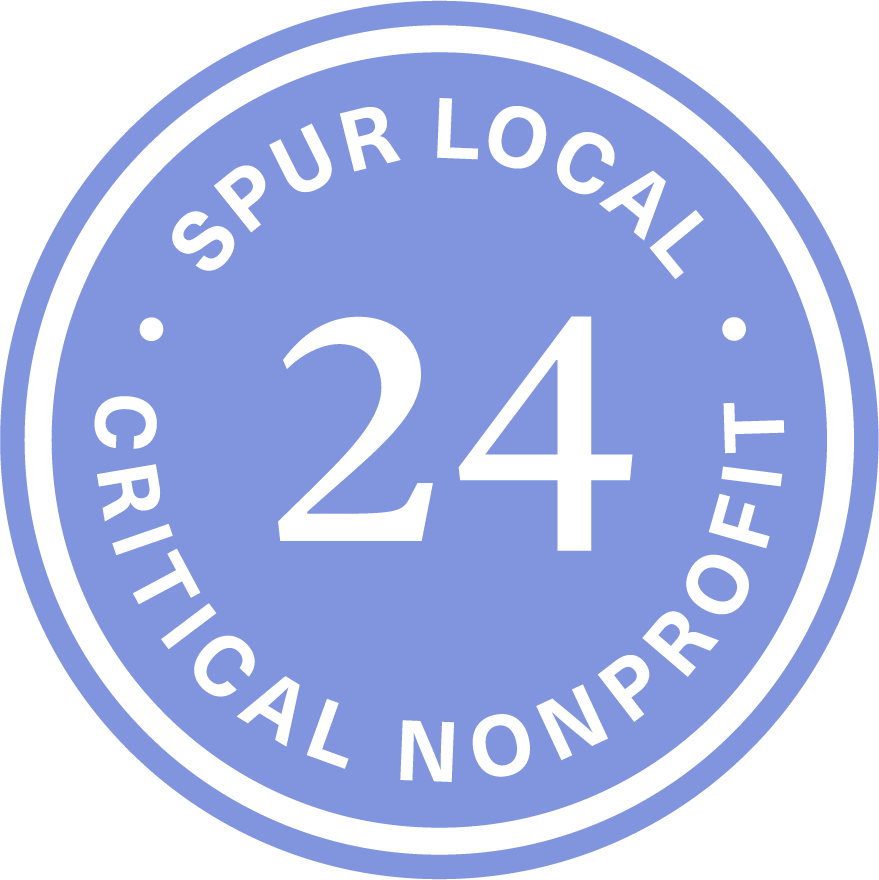

Privacy Policy Terms & Conditions
Privacy Policy
Terms & Conditions
Get in touch
Follow us
